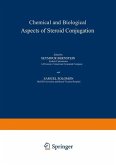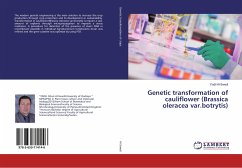Bacterial conjugation' is the transfer of genetic material between bacteria through direct cell to cell contact, or through a bridge-like connection between the two cells. Discovered in 1946 by Joshua Lederberg and Edward Tatum, conjugation is a mechanism of horizontal gene transfer as are transformation and transduction although these mechanisms do not involve cell-to-cell contact. Bacterial conjugation is often incorrectly regarded as the bacterial equivalent of sexual reproduction or mating. At best, it can be considered to be a limited bacterial version of sex, since it involves some genetic exchange. In order to perform conjugation, one of the bacteria, the donor, must play host to a conjugative or mobilizable genetic element, most often a conjugative or mobilizable plasmid or transposon. Most conjugative plasmids have systems ensuring that the recipient cell does not already contain a similar element. The genetic information transferred is often beneficial to the recipient cell. Benefits may include antibiotic resistance, other xenobiotic tolerance, or the ability to utilize a new metabolite. Such beneficial plasmids may be considered bacterial endosymbionts.
Bitte wählen Sie Ihr Anliegen aus.
Rechnungen
Retourenschein anfordern
Bestellstatus
Storno








